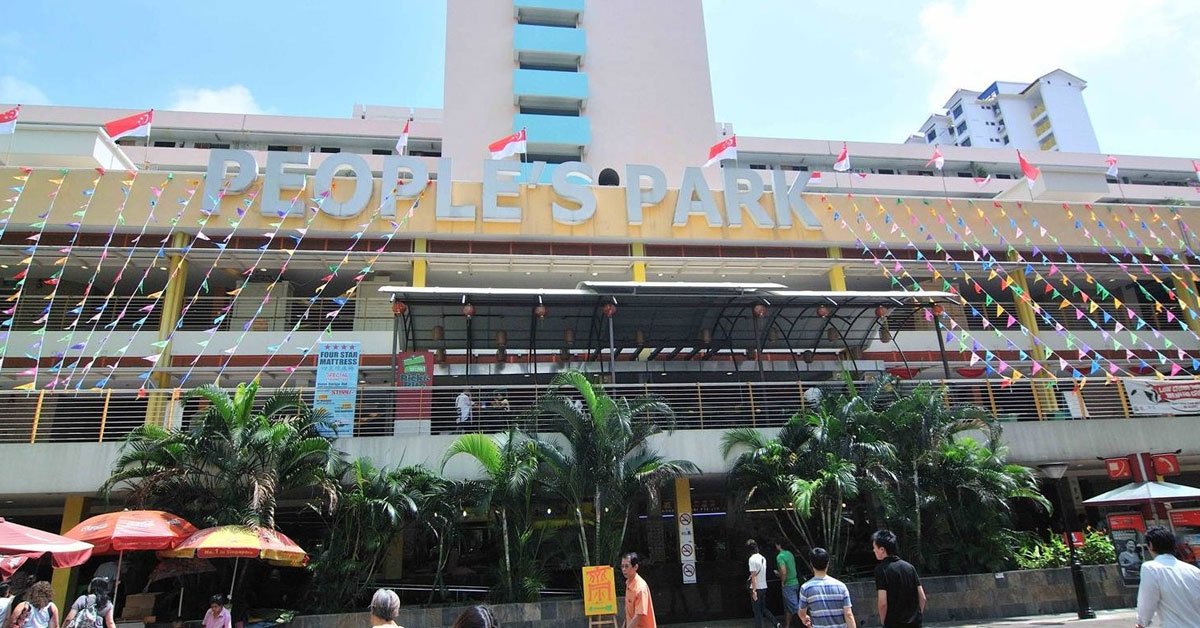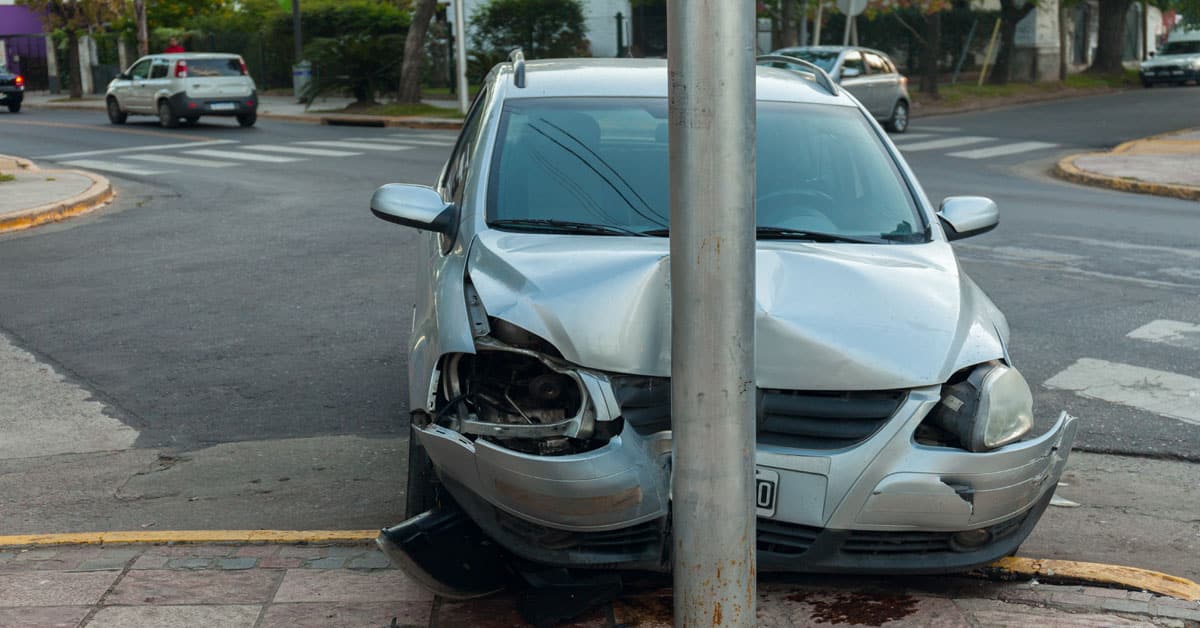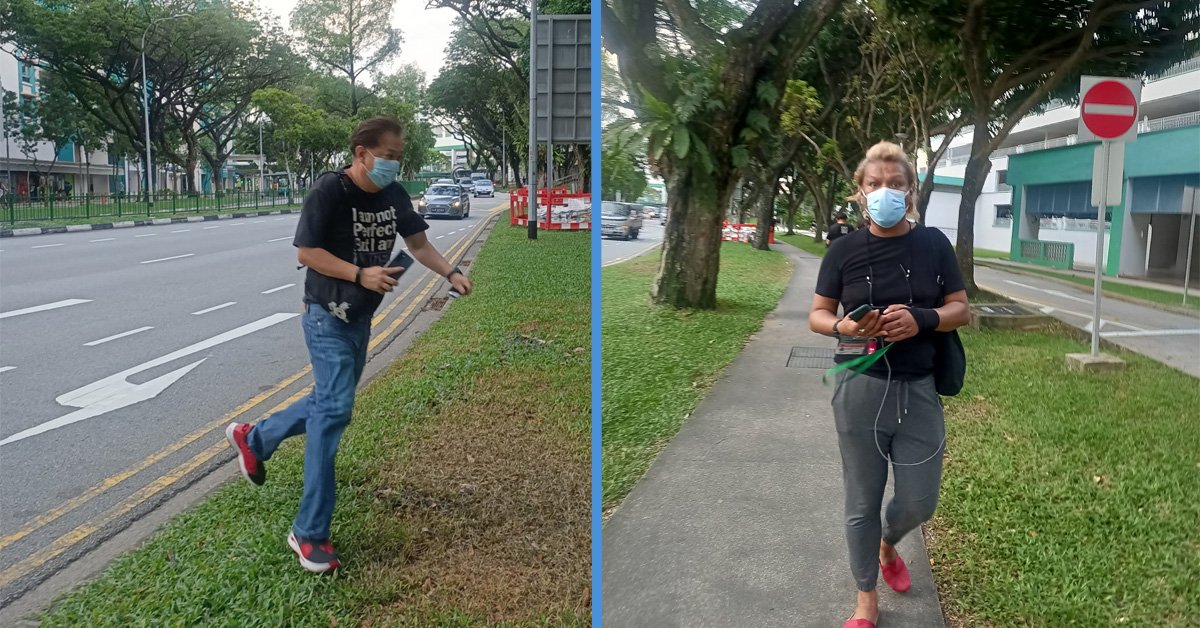When a pandemic strikes Singapore, we’re all faced with many first-world problems:
Why are there so few shows on Netflix? Why does bubble tea shops have to close?
Why must it be so much more expensive to separate the laksa soup from noodles?
While we can’t answer the first two questions, the last one has an answer.
Customer Has to Pay an Extra $2.50 When Dabao-ing Laksa to Separate Soup from Noodles in a Chinatown Stall
It’s reported that a stall in Chinatown is charging an additional $1 for takeaway, and an additional $2.50 if you want to separate the soup from the noodles.
If that’s confusing to you, then you probably haven’t been dabao-ing for the last two weeks.
Whenever we dabao soup-based noodles, the hawker would sometimes separate the soup and the noodles, and it’s not because the hawker is lazy to put them together; if you leave the noodles in the soup for too long, it’ll turn soggy.
Super soggy if it’s way too long. I learned it the hard way.
You don’t need to be a chef to understand the logic: the noodles absorb the soup, and therefore it won’t taste the same if you don’t separate them.
But if it’s just 10 or 20 minutes, then the difference shouldn’t be that big.
So.
A 44-year-old housewife had gone to Chinatown to dabao two bowls of laksa last Saturday (18 April).
One bowl cost $6.50, which I’d have run away upon seeing the price, but the housewife was keen.
There’s an additional $1 for dabao, which is understandable since the plastic container is a cost, too.
However, if you want to separate your soup from your noodles, there’ll be an additional $2.50 charge.

Did they use a golden bowl to separate the soup from the noodles or what?
Eventually, the housewife did not proceed with her order.
But hey; there’s a reason for this.
More Soup & Noodles When They’re Separated
According to the stallholder, she’s been charging this extra fee even before COVID-19 wreaked havoc in our society, so she was not leveraging on the outbreak to earn more money.
Moreover, she did indicate clearly at the entrance of her stall about this extra fee.
But most importantly, it was because there would be more soup and noodles if they’re separated.
She said, “The $7.50 (noodle and soup together) laksa is primarily for office workers who dabao them to eat immediately. However, for the $10 (noodles and soup separated) laska, it’s for people who intend to eat them later or even on the next day. The $10 laska has more ingredients and soup.”
And by the way, we’re talking about Penang Assam Laksa and not the usual Singapore curry laska, which begs the question: can keep for one day one meh?
Follow us on Telegram for more informative & easy-to-read articles, or download the Goody Feed app for articles you can’t find on Facebook!
There Might be a Shortage of Containers
With everyone dabao-ing now, you can bet that the demand for containers would be higher than the supply, which leads to higher cost.
You’re right, though even a five-year-old could come to that conclusion.
But it’s not because the demand has gradually increased as eateries started to procure more containers—eateries have started to “panic buy” when the Circuit Breaker started.
That’s completely understandable, since a lack of containers would mean that they can’t sell anything at all.
Advertisements
This is why the authorities have suggested that we bring our own clean container when dabao-ing; not only would you put a smile on Greta Thunberg’s face, you might save some money, too.




